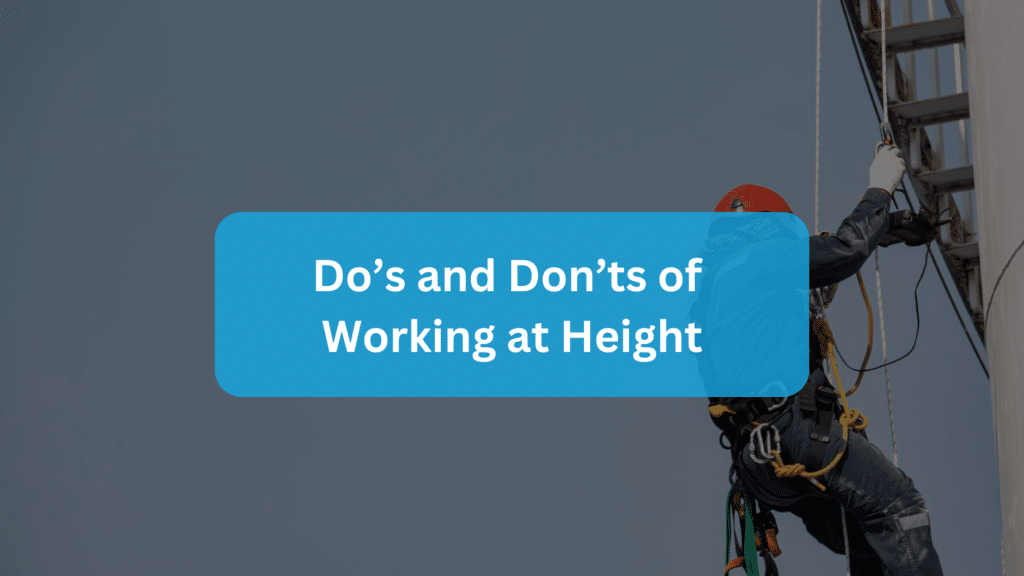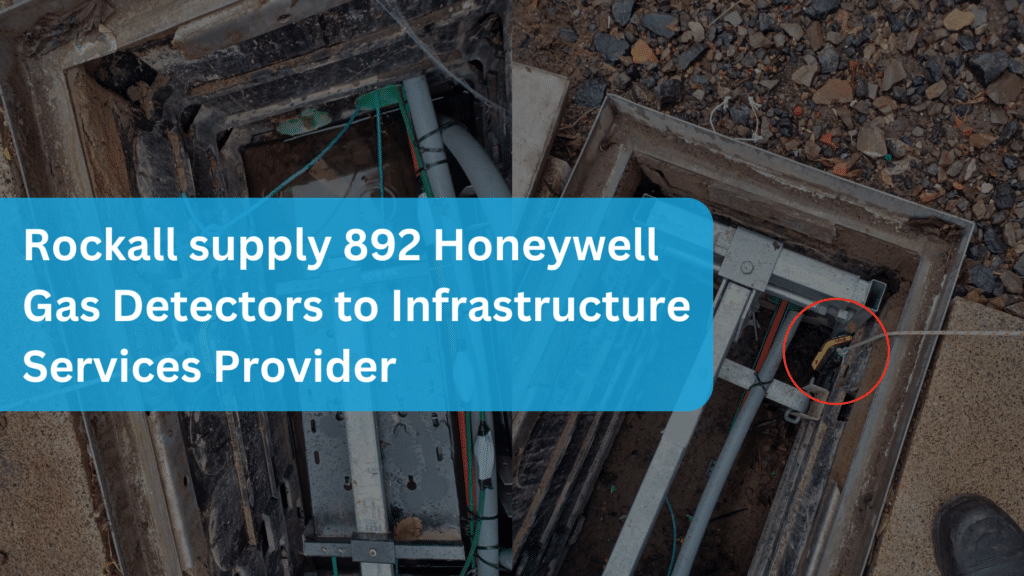Personal Protective Equipment (PPE): Essential for Worker Safety
Personal protective equipment, or PPE, is vital for safeguarding workers in various industries from potential hazards. This equipment includes hard hats, safety goggles, gloves, respirators, and protective clothing, all designed to create a barrier against injuries and health risks.
Types of PPE
Different environments require specific PPE. Construction workers often use hard hats and steel-toed boots, while healthcare professionals rely on masks and gowns. Key categories include head protection, eye and face protection, hearing protection, respiratory protection, hand protection, foot protection, and body protection.
Proper Use and Maintenance
For PPE to be effective, it must be used correctly and maintained properly. Employers are responsible for providing suitable PPE and training employees on its use. Regular inspections and maintenance are essential to ensure the equipment remains effective.
Employer and Employee Responsibilities
Employers must provide PPE at no cost to workers and ensure it fits properly. They should conduct risk assessments to identify hazards and provide training. Employees must use PPE correctly, report any defects, and participate in training sessions.
Conclusion
Personal protective equipment is crucial for workplace safety. Understanding the types of PPE available and adhering to proper use guidelines helps create safer work environments and reduces the risk of injuries. Remember that while PPE is a critical safety measure, its effectiveness relies on proper selection, usage, and maintenance.





